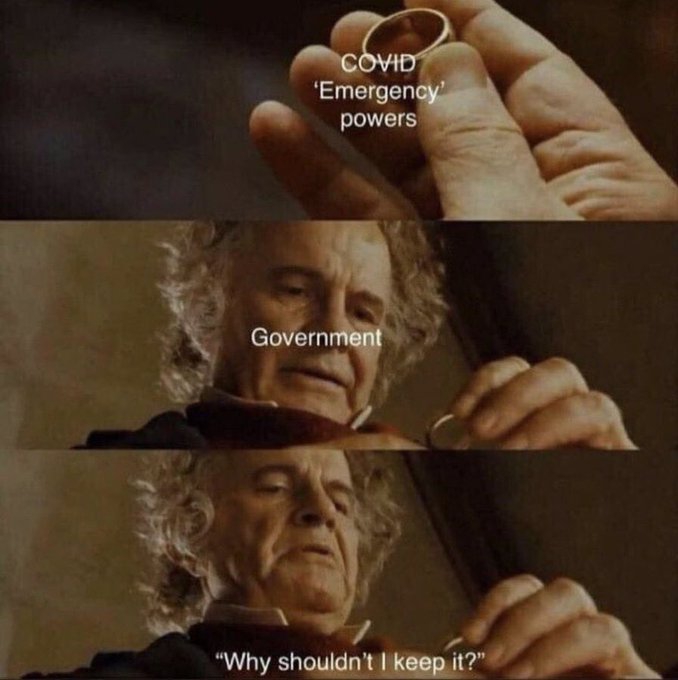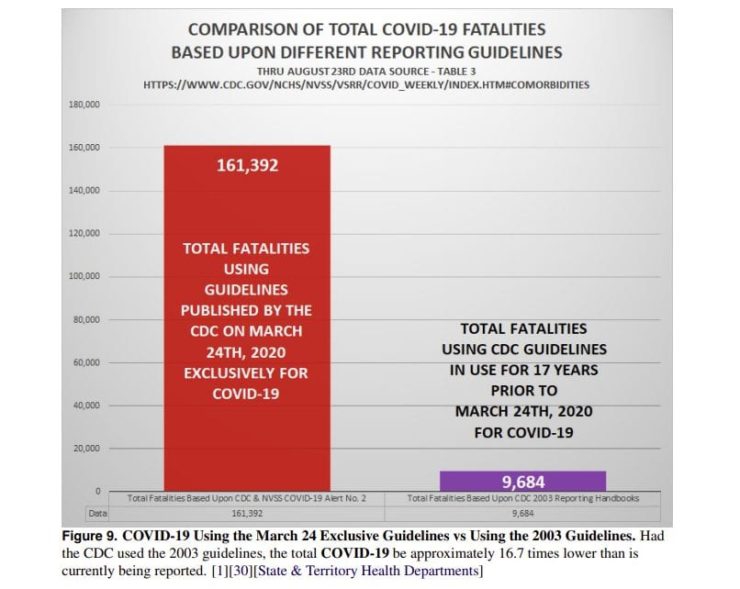...I can give you estimates from experts on the number of lives saved due to the vaccine... Originally Posted by SpeedRacerXXXEstimates... hmmm. <scratches head> Not what I think of as the hard science realm. So one first has to estimate, aka model, the numbers without a vaccine to compare to the estimate and model the numbers with a vaccine. Sound about right? <strokes goatee>
Estimates and models, you say. Calling Dr Niel Ferguson?? BTW: You do recall Niel was also the "estimator in chief" for the mad cow disease craze. Right? Perhaps you also recall Niel was a massive proponent of locking everyone into their houses. Well... until he snuck out to bang his hottie (doubtful) GF.
Since it's throw back Saturday (my official decree BTW):
Code Review of Ferguson’s ModelWhat's next? Taking a DNA test, repeatedly, to see if you have the sniffles?
...The model. What it’s doing is best described as “SimCity without the graphics”. It attempts to simulate households, schools, offices, people and their movements, etc. I won’t go further into the underlying assumptions, since that’s well explored elsewhere.
Non-deterministic outputs. Due to bugs, the code can produce very different results given identical inputs. They routinely act as if this is unimportant.
This problem makes the code unusable for scientific purposes, given that a key part of the scientific method is the ability to replicate results. Without replication, the findings might not be real at all – as the field of psychology has been finding out to its cost. Even if their original code was released, it’s apparent that the same numbers as in Report 9 might not come out of it.
Non-deterministic outputs may take some explanation, as it’s not something anyone previously floated as a possibility.
The documentation says:The model is stochastic. Multiple runs with different seeds should be undertaken to see average behaviour.“Stochastic” is just a scientific-sounding word for “random”. That’s not a problem if the randomness is intentional pseudo-randomness, i.e. the randomness is derived from a starting “seed” which is iterated to produce the random numbers. Such randomness is often used in Monte Carlo techniques. It’s safe because the seed can be recorded and the same (pseudo-)random numbers produced from it in future. Any kid who’s played Minecraft is familiar with pseudo-randomness because Minecraft gives you the seeds it uses to generate the random worlds, so by sharing seeds you can share worlds.
Clearly, the documentation wants us to think that, given a starting seed, the model will always produce the same results.
Investigation reveals the truth: the code produces critically different results, even for identical starting seeds and parameters...



